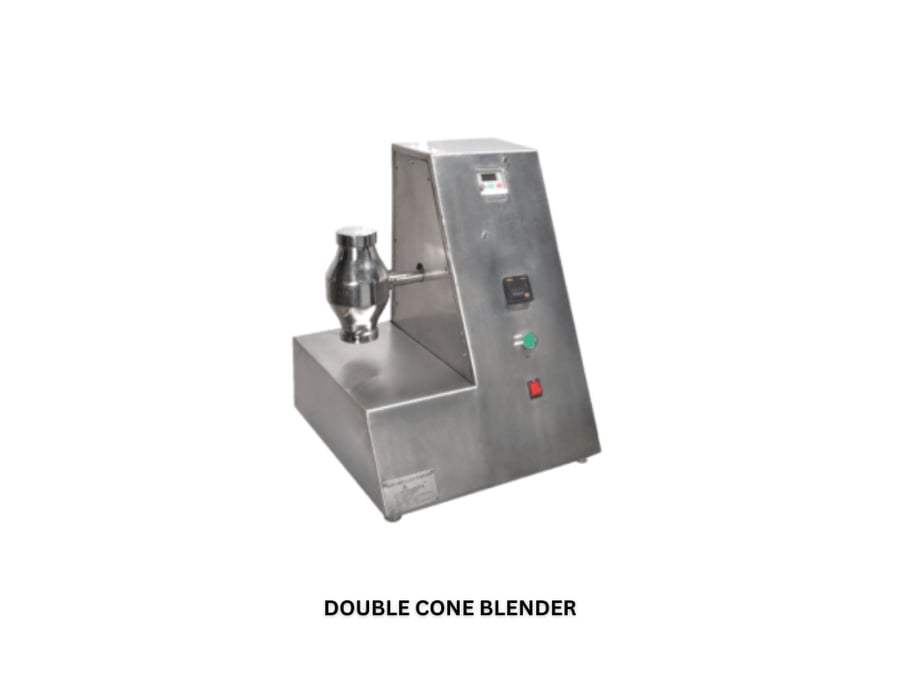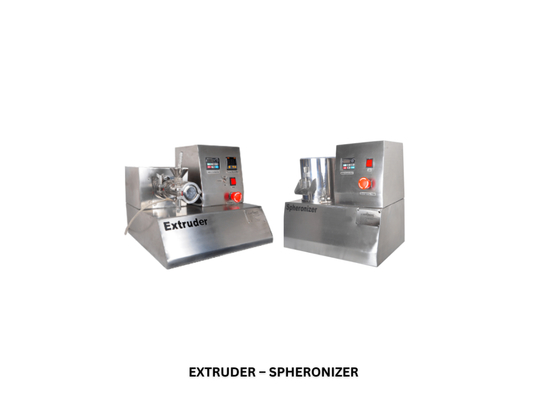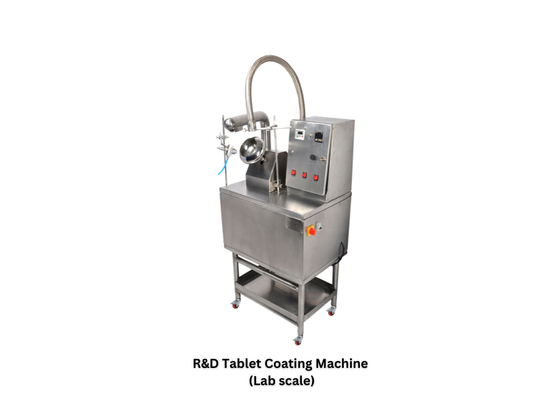
#Product Trends
ABOUT DOUBLE CONE BLENDER
One of the most used pharmacological processes is mixing. It is unusual to discover a pharmaceutical product whose manufacturing does not involve mixing at some point. One of the often used pieces of equipment for blending substances is the double cone blender.
PRINCIPLE
The tumbling motion is causes the mixing.
The close dry mixing of free-flowing solids using a double cone blender is the most popular application.
Both the bulk density and the proportion of the mixture that each solid makes up can change in these units.
As the Double Cone rotates, materials are continuously combined together for blending.
The average cycle duration is around 10 minutes, although it might be shorter depending on how complex the blending is.
CONSTRUCTION
The primary body of this blender is made up of a central cylindrical segment that is joined by welding two cylindrical cones.
The axis of rotation runs parallel to the axis of the cone and goes through the cylindrical portion.
One of its two lateral supports contains the blender motor.
The double cone blender’s construction material is stainless steel.Argon arc welding is used to join the blender together. It is polished like mirrors on the inside and outside.
The cone features a butterfly valve for material discharge and cleaning at one end, a hole with a cover that may be opened at the other end, and a butterfly valve at the other end.
There are stainless steel baffels within the blender.
By including a liquid spray system, an accessory provision enables the introduction of liquids in spray form during the process.
Powder and granules can be automatically put into the blender body using a vacuuming device with self-cleaning hoses.





